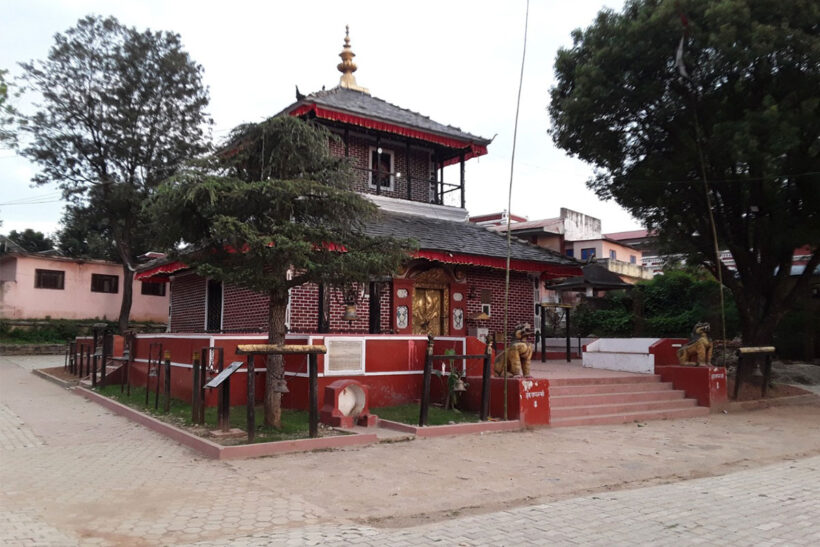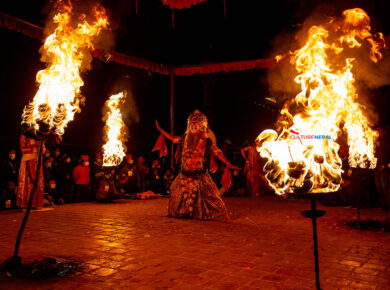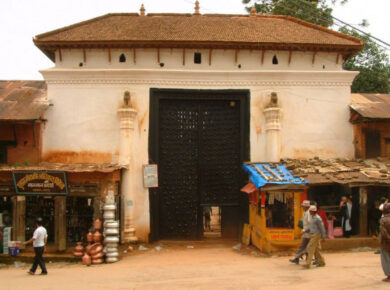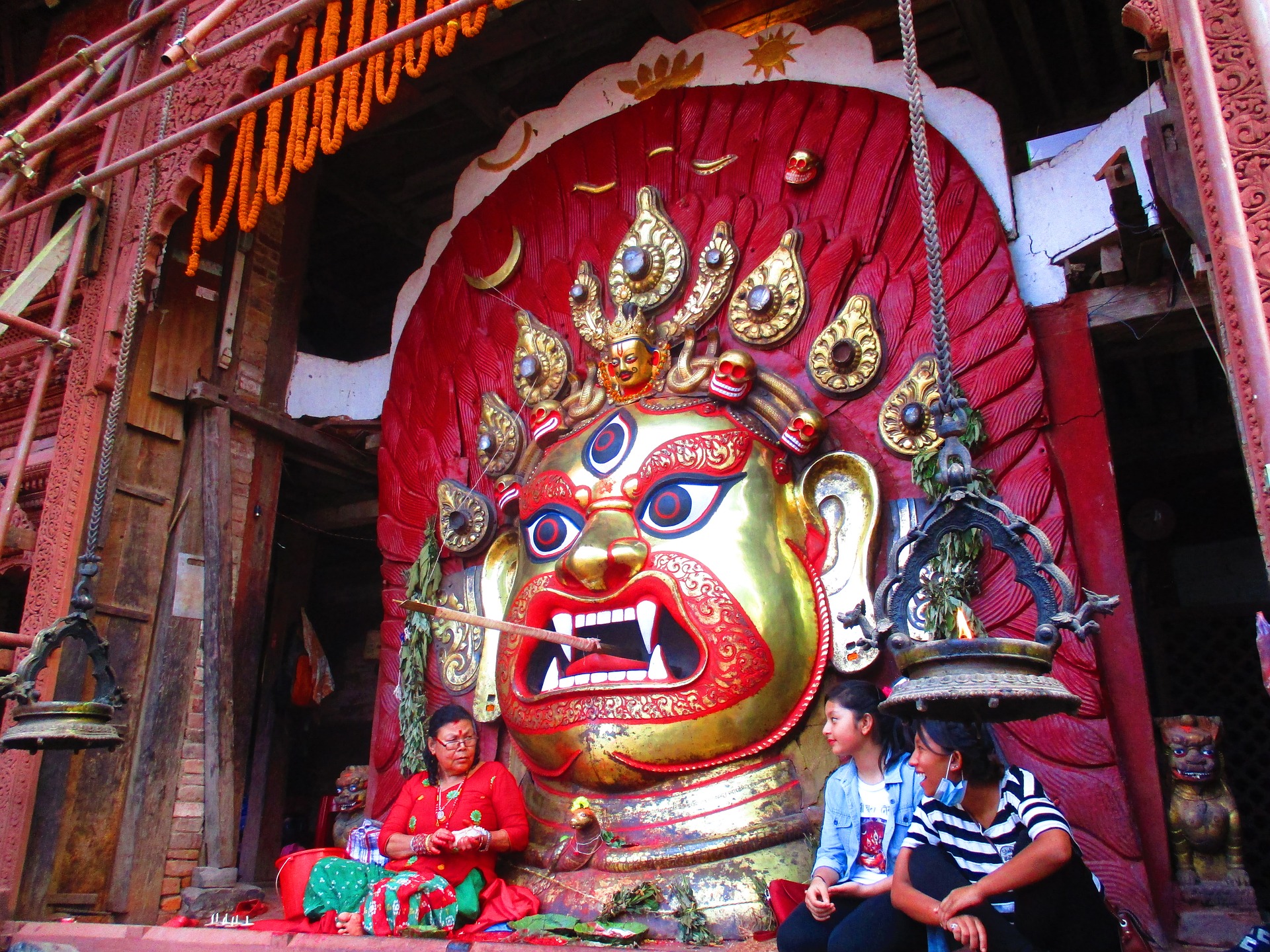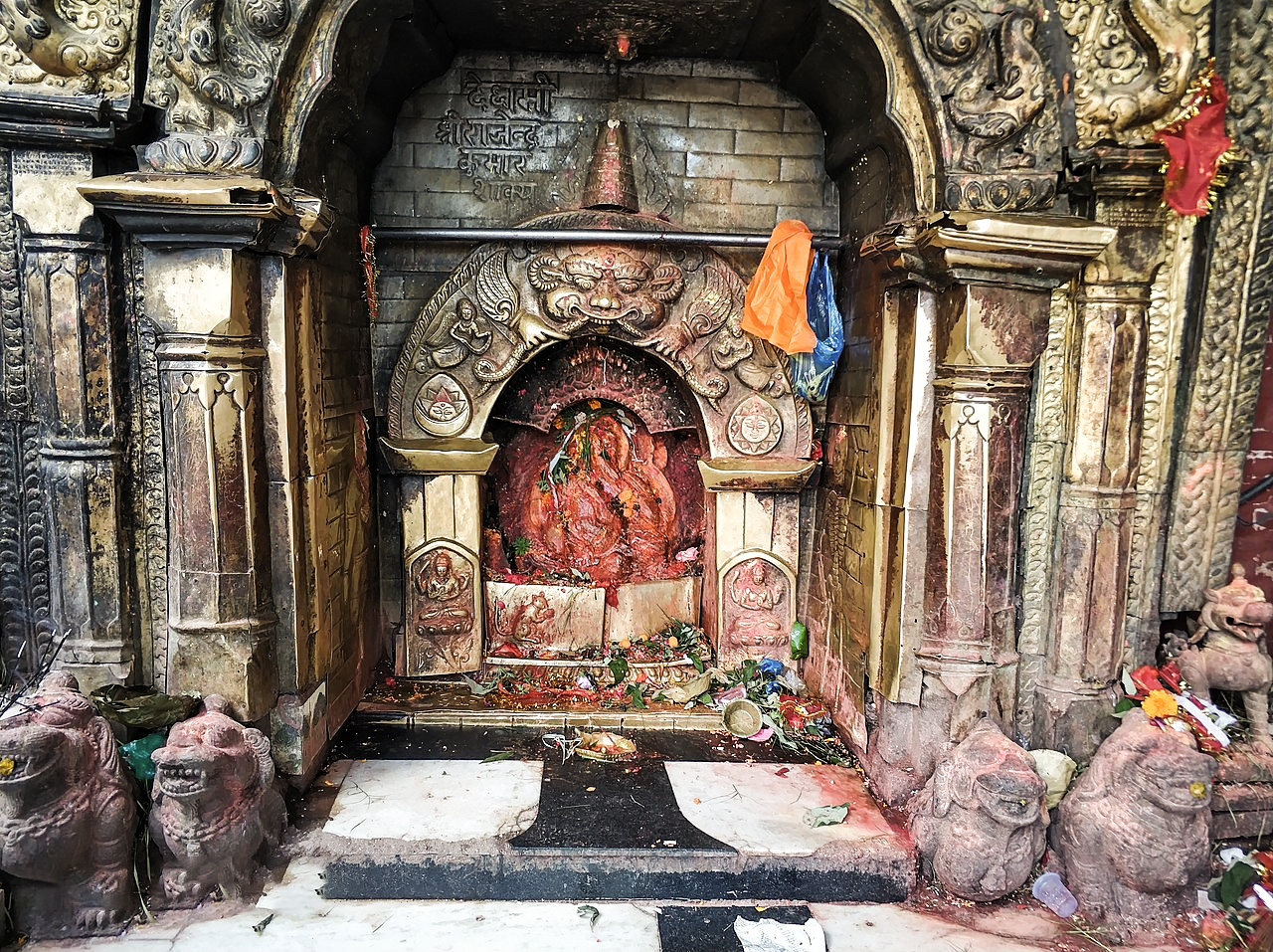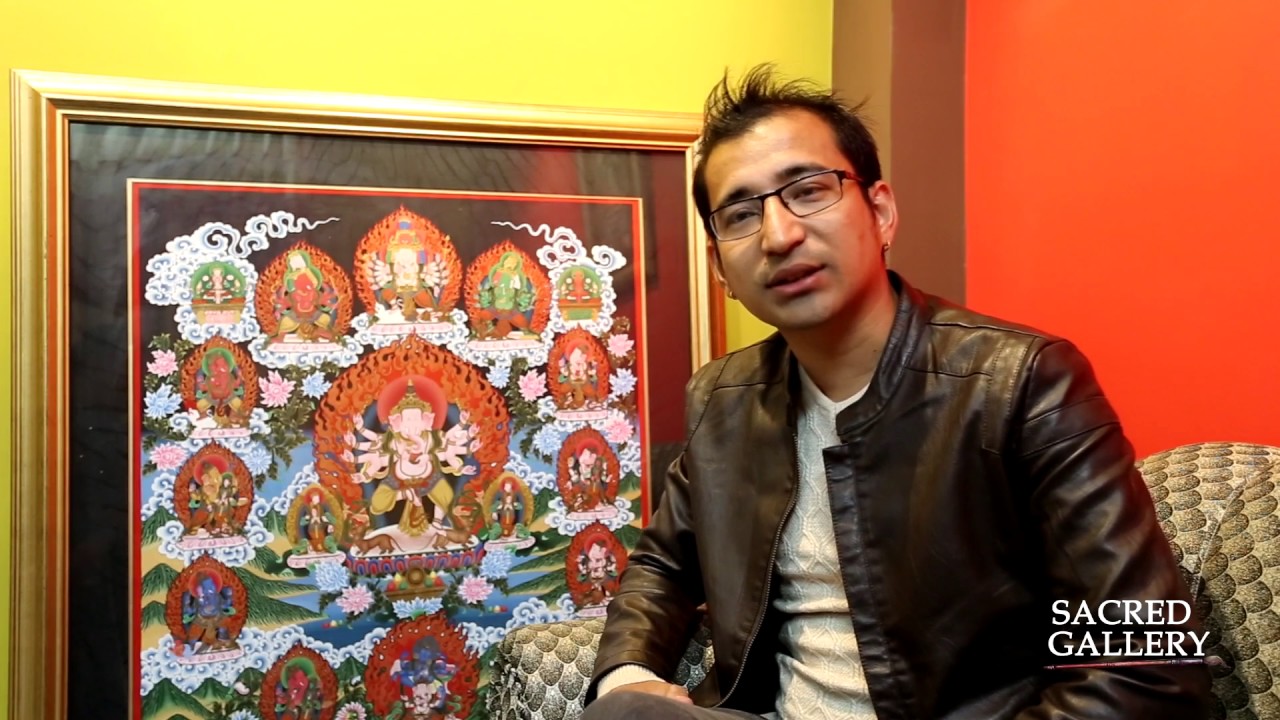This temple is dedicated to Goddess Bhagawati also known as Durga . It is the most revered shrine in this region in devotion to feminine power (shakti). It was built by the then Governor of Palpa Col. Ujir Singh Thapa in 1815-1819 AD to commemorate the victory over the invading British forces in the historical Anglo-Nepalese war of 1815 AD at Jitgadhi in Butwal, 40 km south from Tansen. A small shrine with an eight-arm sculpture of the Goddess existed here prior to the Sen dynasty (75th-19th century) in the Palpa kingdom.
It is said, the Colonel, before setting off to the battle field, had offered a prayer to the Goddess and had vowed to build a grand pagoda temple in her name and to begin a colorful chariot procession with state honors every year should he be victorious in the battle. Besides the blessing of the Goddess, the other factors behind the defeat of the 4000 British forces (1000 native British), led by Major General John Sullivan Wood, were undoubtedly the skilled leadership of the merely 21 year old Nepalese commander as well as the superior mountain warfare tactics of Nepalese forces despite their relatively less number of soldiers & inferior traditional weaponry.
As vowed, the chariot festival has been held since 1820 AD till date in the month of August to celebrate the victory. Thousands of devotees come from all over to witness the grand annual chariot procession. The pagoda shaped brass roofed wooden chariot with the idol of the Goddess along with Col. Ujir Singh Thapa’s 41 inch long sword, as his proxy, is carried by some 40 Kumals (clay potters) through the undulating streets of the town. On the day of the procession, the Kumals feast on beaten rice, buffalo curry (sacrificed to the Goddess the night before), & home brewed liquor (rakshi). However the consumption of alcohol by the chariot carriers has now been discontinued for obvious reasons. On other days the chariot is housed in the temple premises.
The temple has an unique inner circumambulating path surrounded by the Sun God, Lord Vishnu, a Shiva Linga and Lord Ganesha in the niches at the four corners. The original sculpture of the Goddess is housed in the inner sanctum away from view and in the front a 19th century 36 inch tall idol made from 8 different metals (asta dhatu) is worshipped. The idol depicts Bhagawati with 18 arms astride a ferocious lion as the mighty Slayer of the buffalo demon. She is seen holding different weapons in her hand given to her by male Gods to empower her to slay the demon, for instance trident given by Shiva. Bhagawati is also the main deity worshipped during “Vijaya Dashami”, the biggest Hindu festival of Nepal. The wrathful incarnation of Bhagawati is also the Goddess Kali.
The temple priests are Buddhist belonging to the Bajrayani cult who take care of the daily rituals of a Hindu Goddess. This is a typical example of religious harmony in the country. The temple was damaged in the 1934 earthquake but survived the earthquake “Gorkha” of 2015 AD. It has undergone several reconstruction phases in 1829, 1880, 1942 (now confined to 2 tieres) & 1974 AD (terracotta roof replaced by slate). Col. Ujir Singh Thapa also founded a Guthi (Trust) by allocating around 500 acres of farmland to run the temple and the annual chariot procession.
The temple premises also comprises of other temples of different deities.
Installed by : Tansen Guthi, Kathmandu Date of Erection: 15′ August 2017, Tuesday (On the day oft. chariot procession)
Photo: Aakrist Shakya
